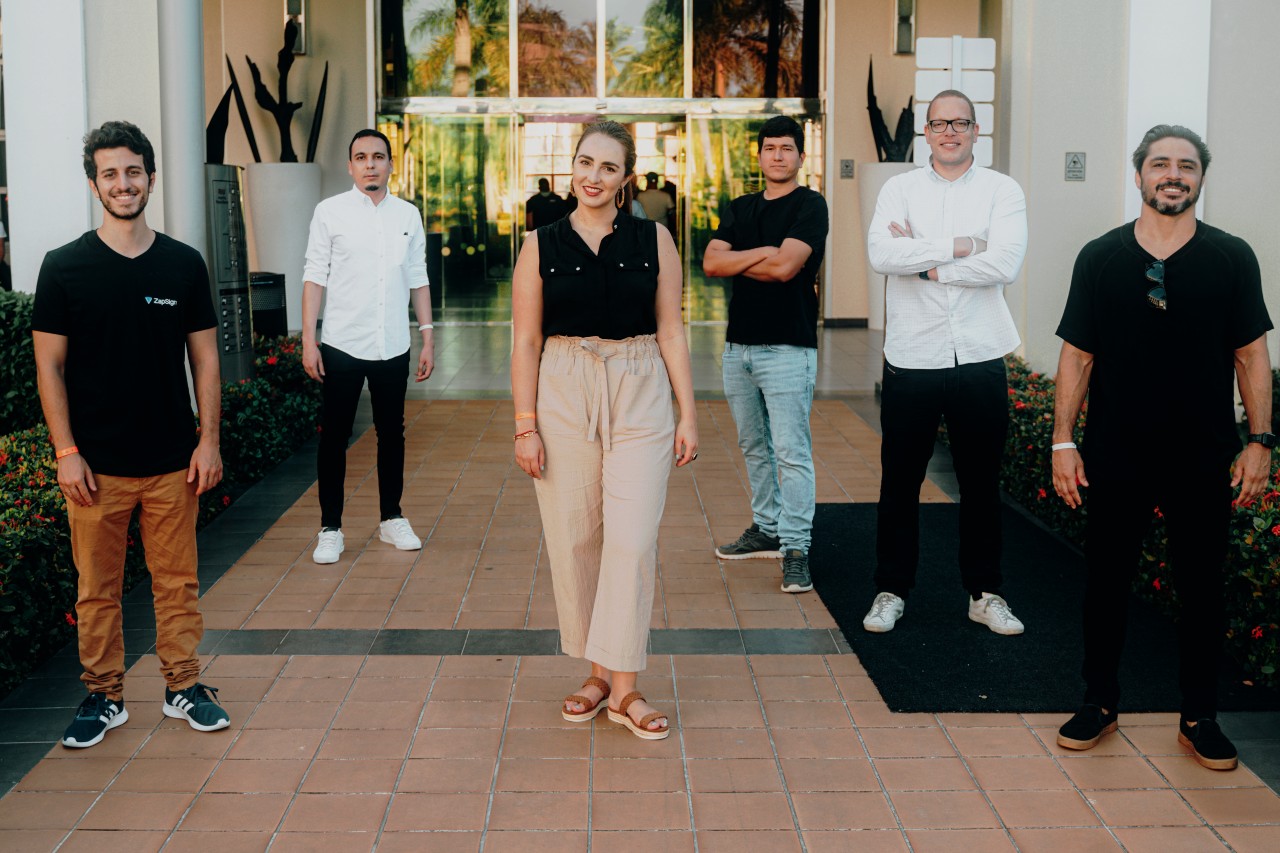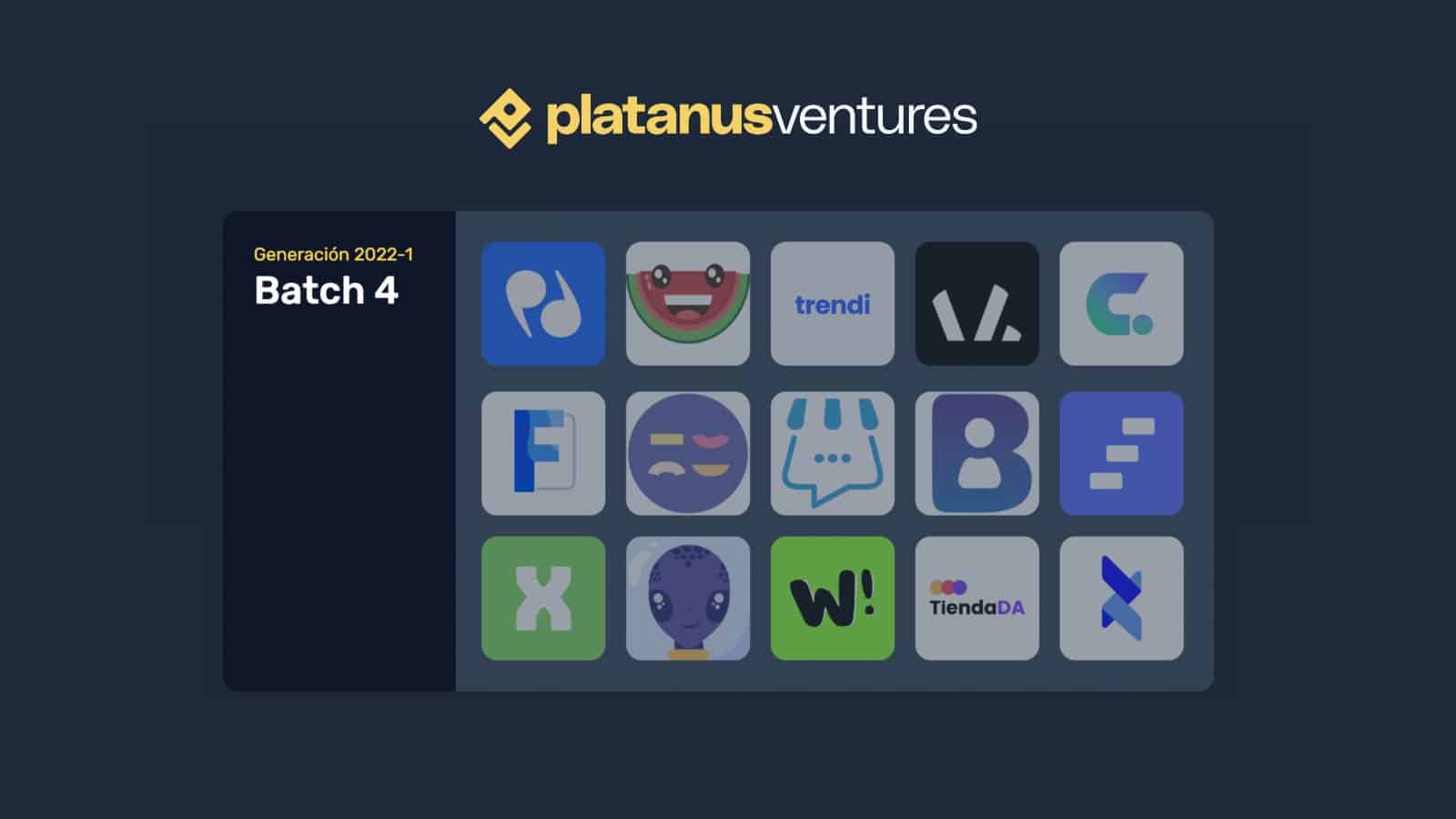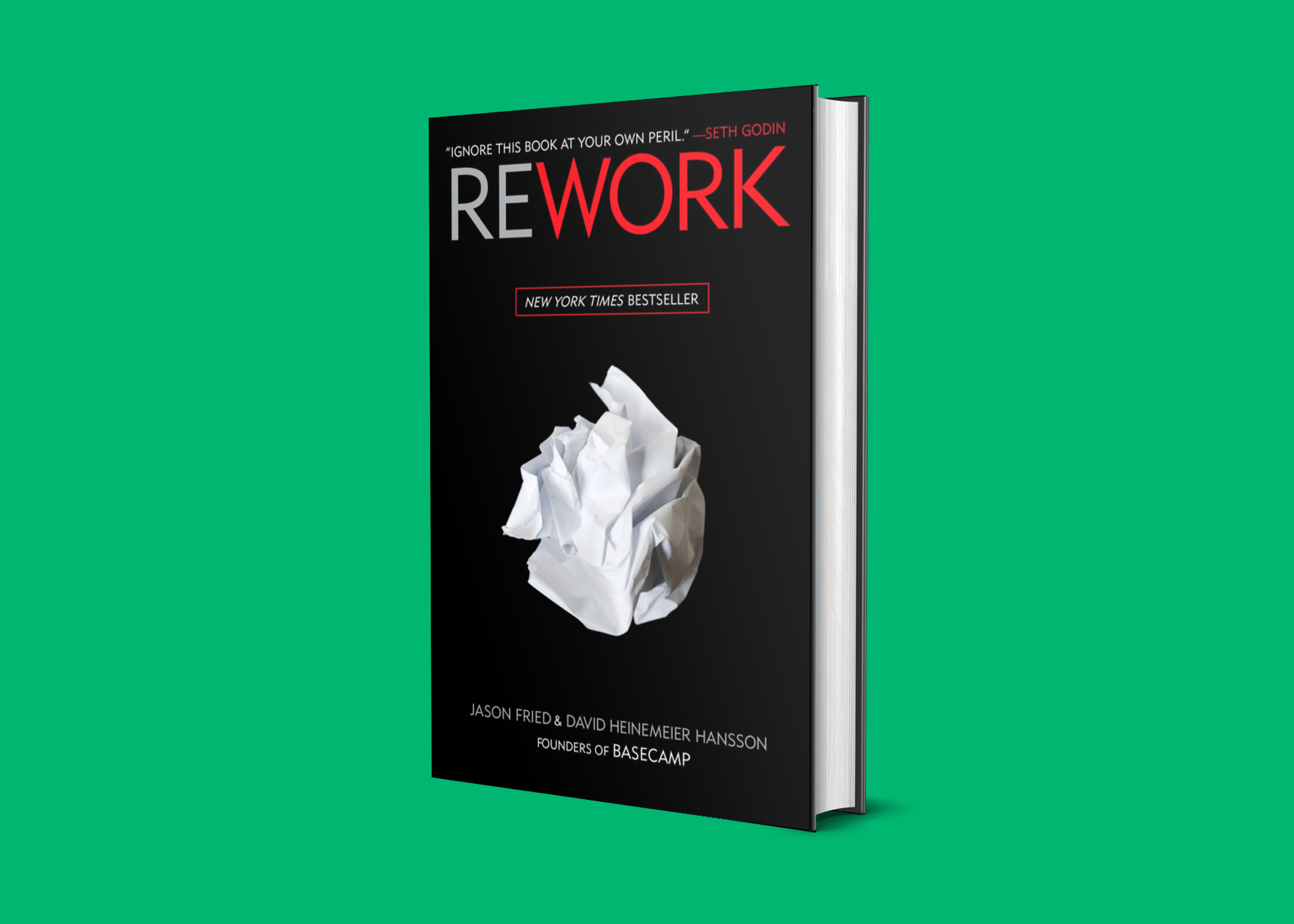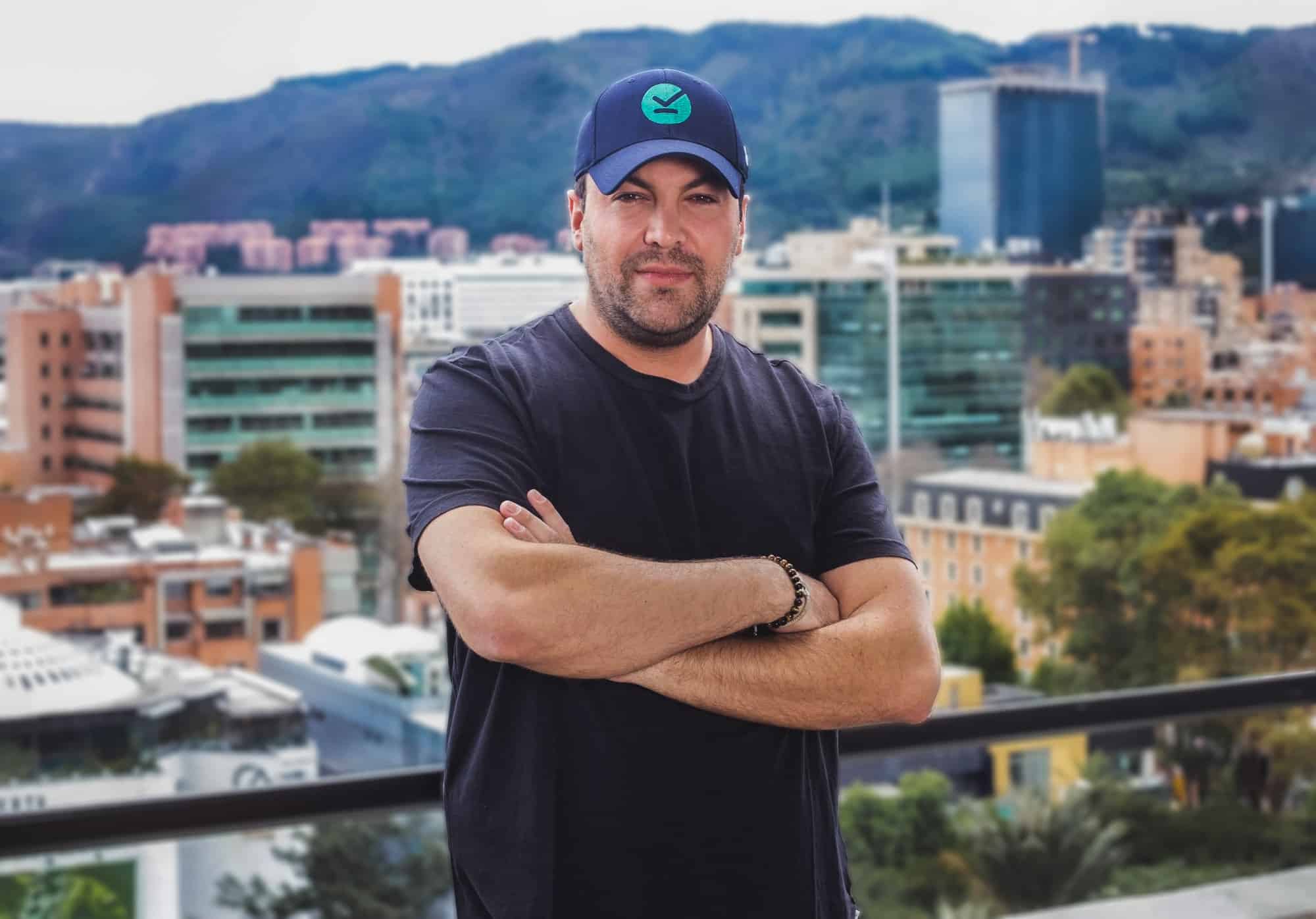“It doesn’t scare nor surprise us,” says Camila Russo regarding the shakeup that the crypto world has had during the last few weeks. And by “us” she refers to those who, like herself, have been immersed in this world for several years.
It is a topic that Russo, a Chilean journalist based in New York, works to bring people together on different fronts. One is The Defiant, a media outlet focused on decentralized finance (DeFi) that she founded a few years ago and is followed by prominent figures such as billionaire Mark Cuban. Another is telling the story of the emergence of Ethereum, which is not only the most important cryptocurrency after Bitcoin; also, a platform for building various applications—such as smart contracts—that promises to revolutionize the internet and was born from the mind of Vitalik Buterin, the most influential individual in crypto.
The story of Ethereum was told by Russo in her book entitled The Infinite Machine (featured in The Wall Street Journal among the best in the crypto field). Published in 2020, the book will be made into a film by Ridley Scott’s Scott Free production company, the company behind Gladiator, Blade Runner, The Martian, House of Gucci, among other iconic films.
And Russo not only sold the rights: she will be the executive producer of the film.
Speaking via videoconference from her office in Brooklyn, she does not hide her enthusiasm. Specifically for seeing her book transformed into a massively aspirational dramatic film, not a niche product. She says that The Social Network is her benchmark, not only for its universal appeal and technological aspect. Also, because the film will tell the real story, with real characters.
“A Hollywood dramatized movie, blockbuster type, excites me much more than producing a documentary. I feel that these films are the ones that touch people’s hearts. I think especially in crypto, in the technology realm, we are full of rational arguments as to why this technology is better than the previous one and why you must adopt it, etc., but I think that may reach but a smaller percentage of people. But this decentralized future is a dream that is also emotional, which does not only have to reach people through rational arguments. So, I think the way to tell that story is much better done through a dramatized film like the one we want to produce.”
What is so fascinating about this story? Many might state that coders in front of the computer is not very cinematic material.
The book and the story, the way I’m telling it, is the story of the people behind Ethereum. Not so much the technical part or the trading aspect. And the people behind it are super interesting characters. In other words, Vitalik is a unique character, a total genius. I have never seen anyone like him, the way he is, the way he thinks, the way he behaves. A character that I think will captivate people. You can become someone as iconic as Steve Jobs, as Mark Zuckerberg. Someone of that caliber deserves to be portrayed on screen. And from Vitalik and his dreams several plots are born. The tension between Ethereum’s co-founders who wanted to make a company instead of a foundation. The fight with Charles Hoskinson, who is also a character. There is also the conflict that there was with Gavin Wood, who is like one of the developers who effectively did much of the Ethereum code. And he deals with his ego on many occasions. The relationship with the executive director of the Ethereum Foundation, and all the tension. As super protective of Vitalik, perhaps overprotective, as an almost motherly figure and Vitalik wanting to break that bond. There are several plots that are superhuman and interesting to explore. And there are also the physical situations: the Miami conference where they announced that they are all in this house together for the first time. Then in Zug, Switzerland, where they were building Ethereum for the first time. Everything that happened with the 2017 boom and then the fall of 2018 with all the partying and the Lambos and all that atmosphere. I think there is a lot of material.
In your social media you recently uploaded a photo with the Pope and your book. What were you doing in Europe and what is the story behind it?
I was there because I am an advisor to a project that makes NFTs along with Scholas, an organization that Pope Francis started before, when he was a priest in Argentina. And Scholas organized an event with the different projects they are working with. I was invited to the event and when they presented the NFTs project, I had the opportunity to approach the Pope for a short time to talk to him and give him my book.
Do you have faith that he will read it?
I have no idea. Not really, I don’t think so. I don’t know. I think he has another book to read every day [laughs]. But at least he saw it, he saw my dedication. I think something rings a bell about crypto, the fact that Scholas is doing this NFTs thing, so I don’t know, let’s see, hopefully he’ll skim through it at least.
What do you see as special about crypto in Latin America? It seems that Argentina’s projects stand out more, due to cases such as Decentraland or Lemon.
I think LatAm in general has been a bit behind the latest crypto developments. It’s not up to date on what’s going on, with some exceptions. Argentina is an important exception, but in the rest of the countries I think the main projects are the exchanges [where cryptocurrencies are bought and sold]. That is, Buda in Chile, or the exchanges of Mexico and Brazil. Clearly there are smaller projects within each country’s ecosystem. But speaking of large companies and projects, I haven’t seen that much innovation beyond that. I think it’s a little bit because in general DeFi, NFTs, Metaverse, all the innovation has been super concentrated in the United States and Europe. Perhaps it is an issue regarding access, DeFi is quite expensive to access. Most of DeFi is in Ethereum which is expensive, transactions are expensive and perhaps not the friendliest environment to access for developers in Latin America. But I think that will change. Especially since people in Latin American countries are ultimately the ones who stand to benefit the most from blockchain and crypto technology. I think now the DeFi use case has been quite speculative. The reality is that DeFi, NFTs are being used by people who already have money, who have been in crypto for a while and have that surplus capital that they can invest to speculate and earn. This is natural because of the stage we are in, but if the ecosystem continues to develop, it will be able to reach the use case that really serves people on a daily basis, which is to protect their savings and access financial services. People who are outside traditional banking, who have problems with capital controls and inflation. In other words, all these problems are experienced more in Latin America and emerging countries than in the US and Europe, which is where DeFi is being used the most, ironically. It is only a matter of time before the market evolves and people in Latin America can begin to access these applications. And not only access but also participate in the development of crypto applications that are more on the frontier than simply being an exchange. I say simply because it is not something so innovative, not because it is not something important.
For the first time in a long time the crypto theme is in the guideline for something negative, for the fall of cryptocurrency prices. How do you make sense of what has happened these past two weeks and what would you say to the critical voices that say, “I told you so”?
I think for people who have been in crypto for a long time, this doesn’t scare or surprise us. It is part of the market cycle, which is volatile and experiences these cycles where there is a period of building activity but where the price is not going up. Then, all that innovation, those new projects, start to emerge and the price goes up: people arrive, see what is happening, start to buy and that inevitably turns into a spiral in which there is more news, more speculation and inevitably prices start to take off from the fundamentals [the true value of an asset] and there comes a time when that has to come back to reality. I think that’s what happened last year: demand for crypto and speculation drove it up beyond fundamentals. And now it’s coming back to reality a little bit in prices, but you still have to put things in context: bitcoin is at 29,000, still several times higher than the low point of the previous recession. The same goes for Ethereum. So, people who stay invested in crypto, over the long term, see returns. I think the ones who suffer the most are those who are looking to make quick profits. For me, crypto is a long-term investment. One needs to maintain a percentage of the portfolio according to each person’s risk and keep it there, regardless of ups and downs, if one is convinced that in the long term it will continue to grow and is here to stay. I am clearly believe that is why I also have a percentage of my portfolio in crypto and don’t touch it. I believe it is never advisable to sell or buy when the market is so, so volatile. In general, that is what I recommend.
You also associate this crisis to the recession or possible economic recession in general, don’t you?
Totally. Now what is happening in crypto has to do with a correction of all the rally I had last year, but it is being super influenced, obviously by the macro context, that the Fed is raising rates and there is less appetite for risky assets, there is a war, so people are taking risk out of their portfolio and obviously out of those in the riskier markets.
What is the buzz in the internal environment of the crypto world? Is there enough pessimism to believe that something like Luna [cryptocurrency that lost 98% of its value] can happen again?
What happened with Luna is something super specific that has to do with how it was structured. Luna has nothing to do with Bitcoin and has nothing to do with Ethereum. It seems to me that there are projects that can fall a lot, because they are not well structured. But there are other projects and protocols that remain super strong and resilient through the downturn. Bitcon and Ethereum remain in demand. One can see it in the number of daily transactions. There are things you can check to see if there is a demand or not. The same goes for DeFi applications, which are built on Ethereum, things like Uniswap, which is a decentralized exchange, like Aave, Compound. In other words, protocols that have been on the market longer, that have been tested more, I believe that they will be able to face this climate better than others.
To finalize, The Defiant has interviewed people like Mark Cuban, what other milestones would you highlight?
I have a podcast where we’ve interviewed several big personalities, for example, Mark Cuban, we interviewed the Winklevosses and Vitalik, Gavin Wood, we’ve had several super notable interviewees. Another milestone, the most important thing we are working on now is building a data platform of DeFi and Web3 information. Having all the data and information in one place rather than several different pages, which is how one needs to go now to analyze the DeFi market. Everything is super fragmented. We are preparing to launch it in the coming months.






